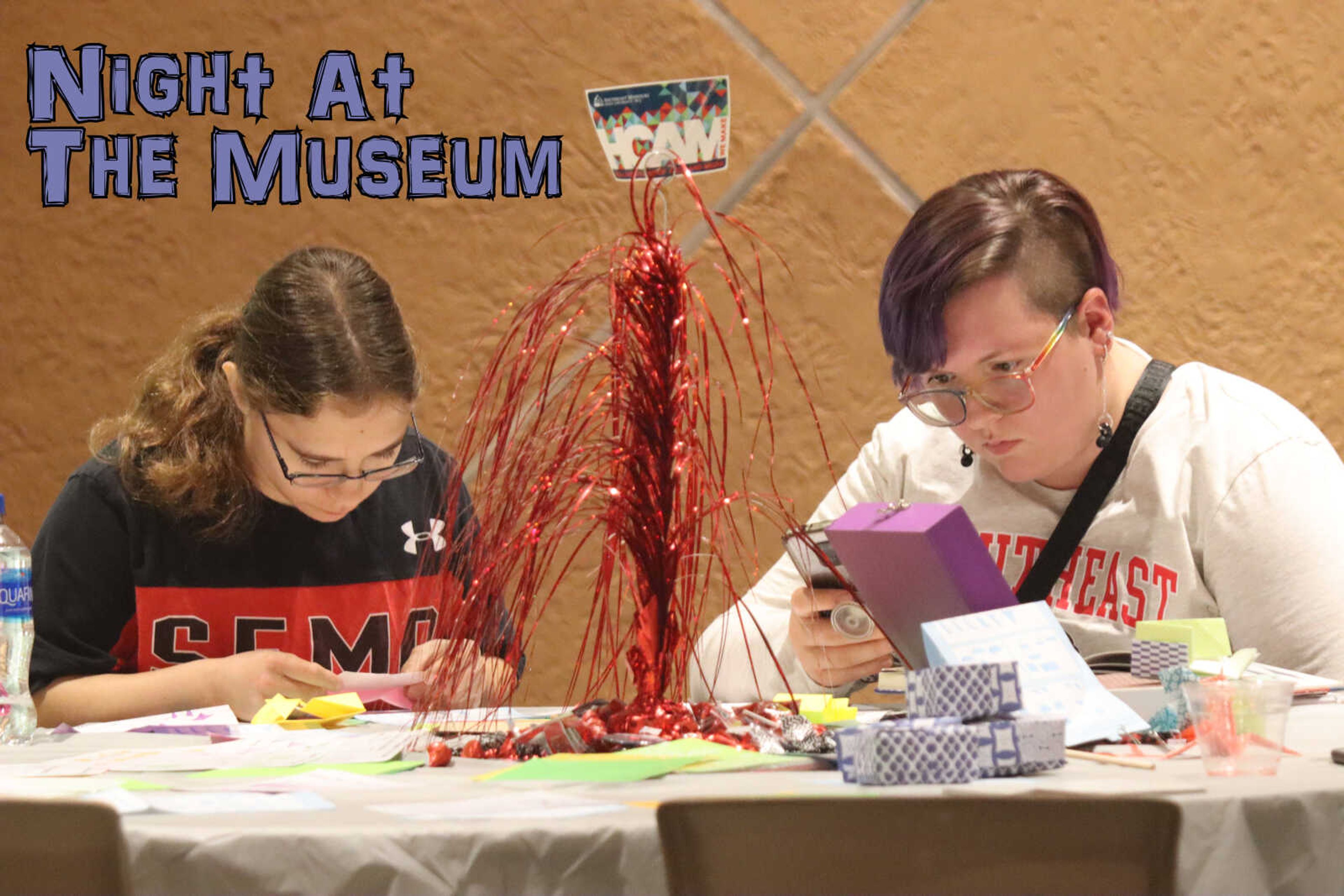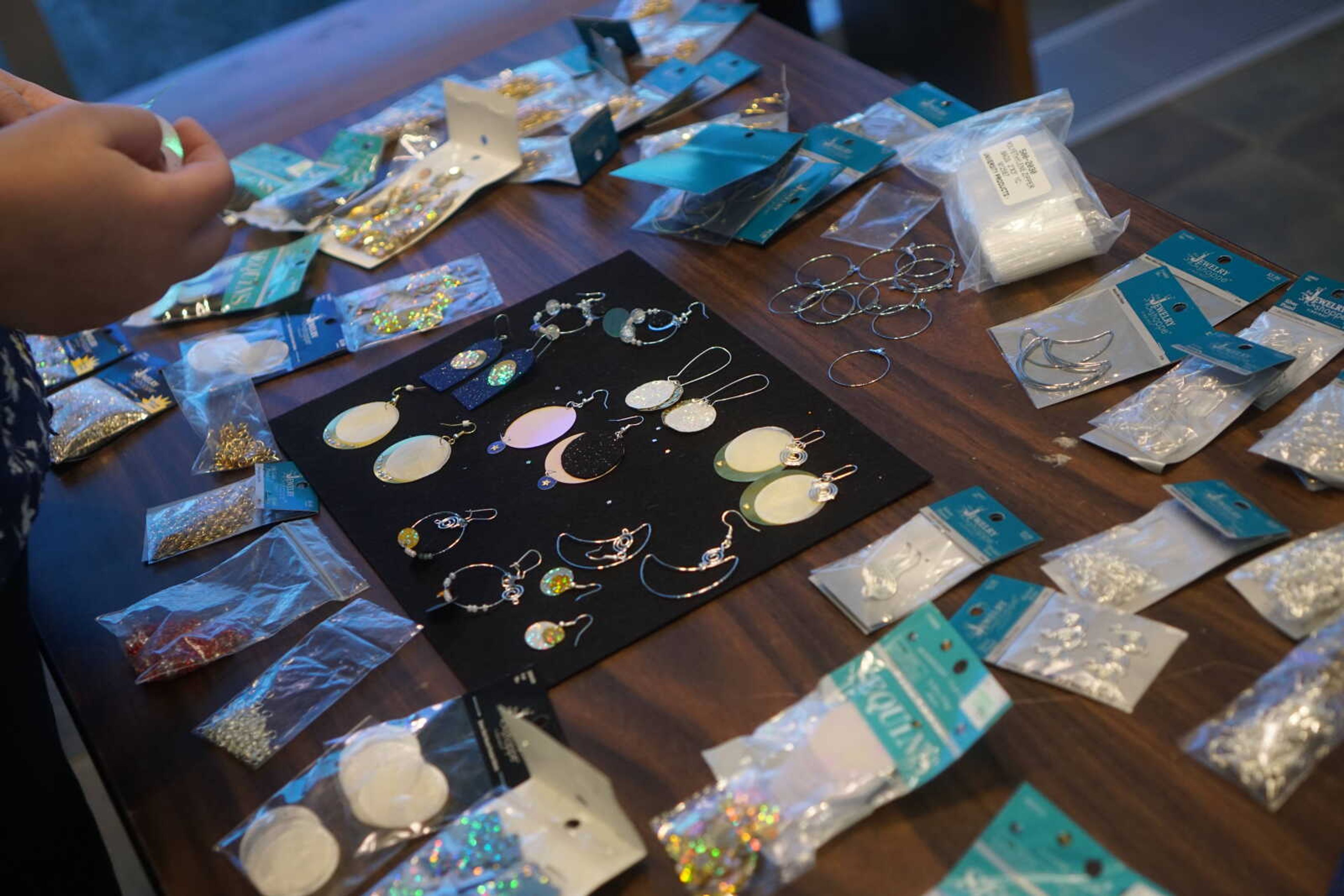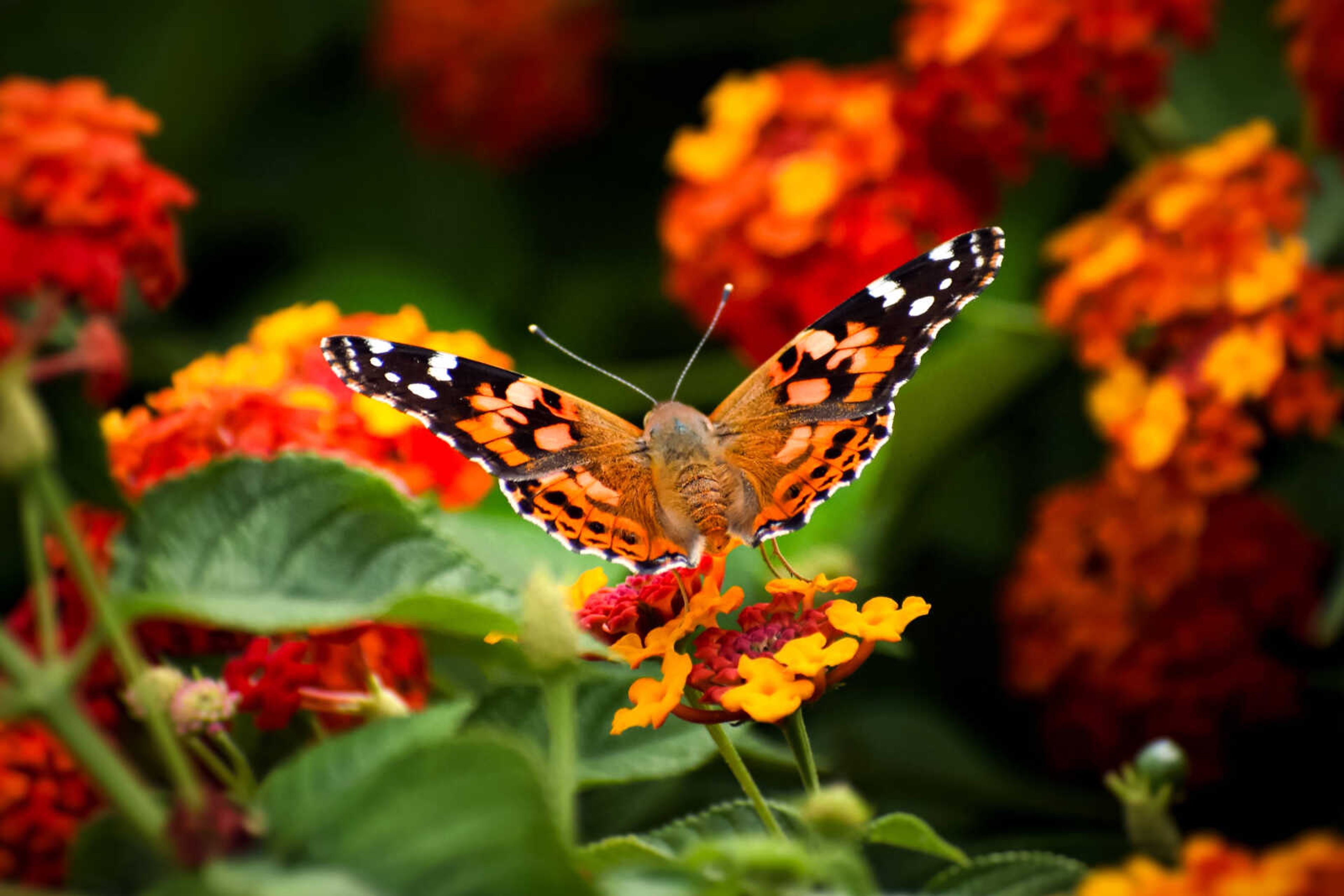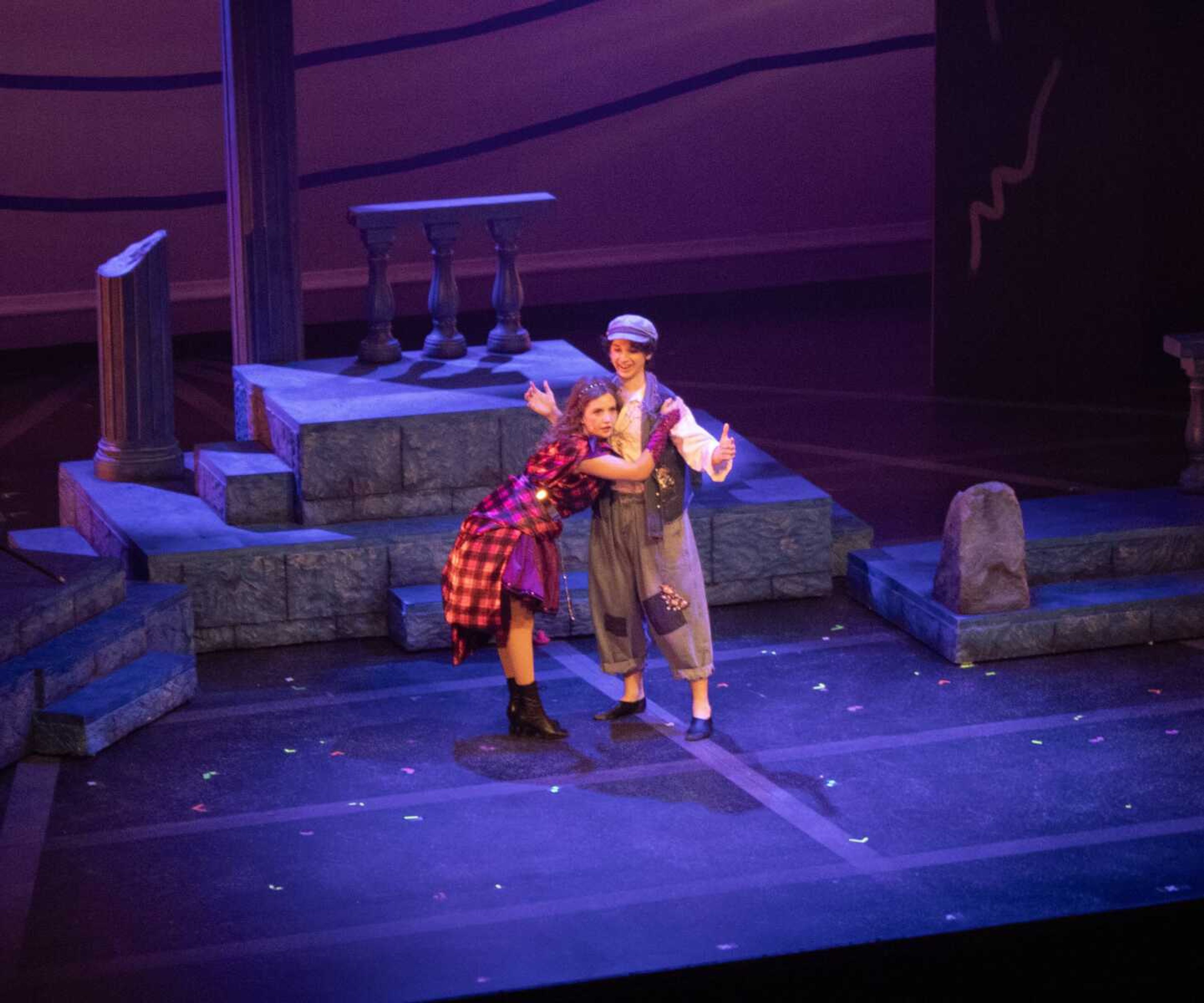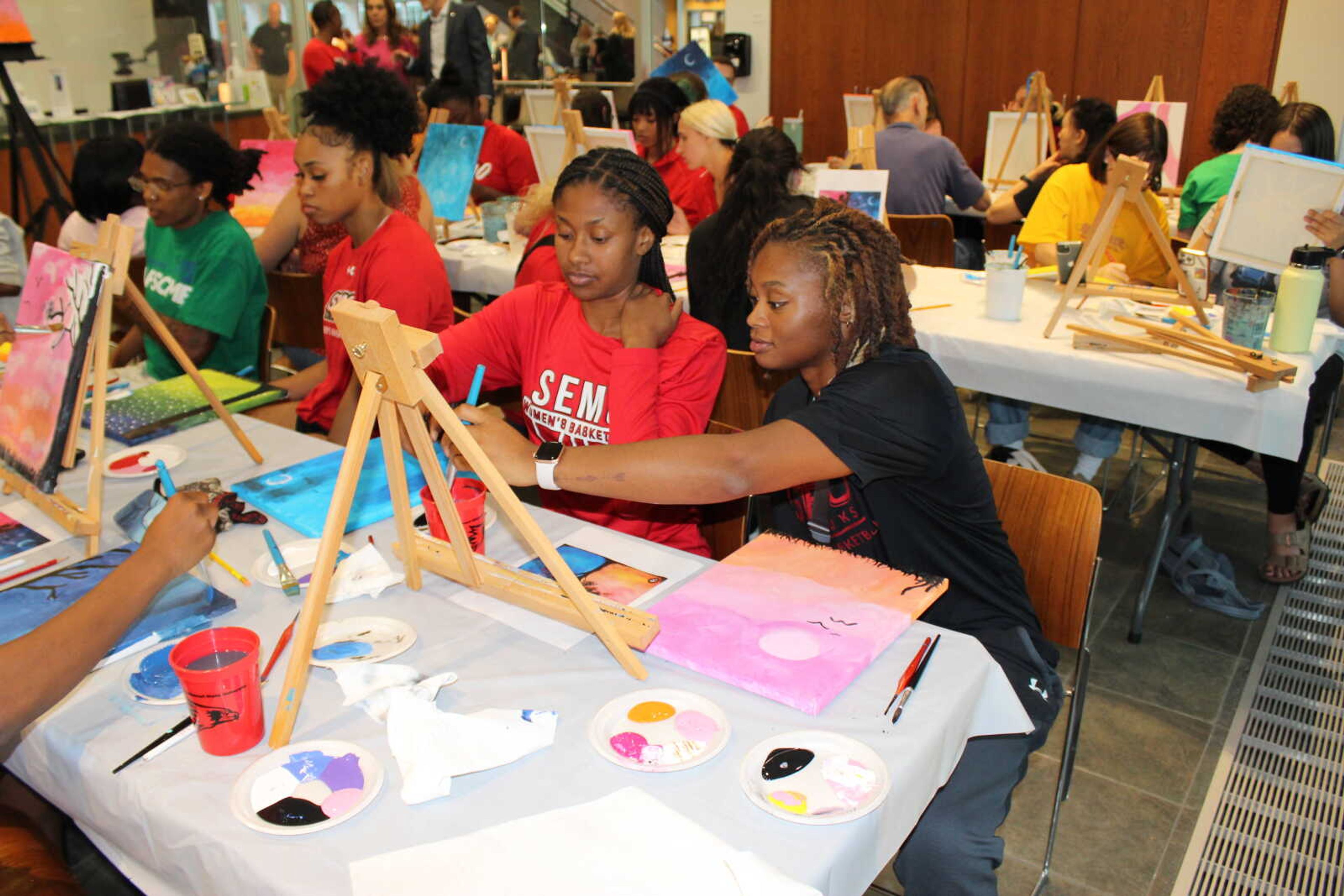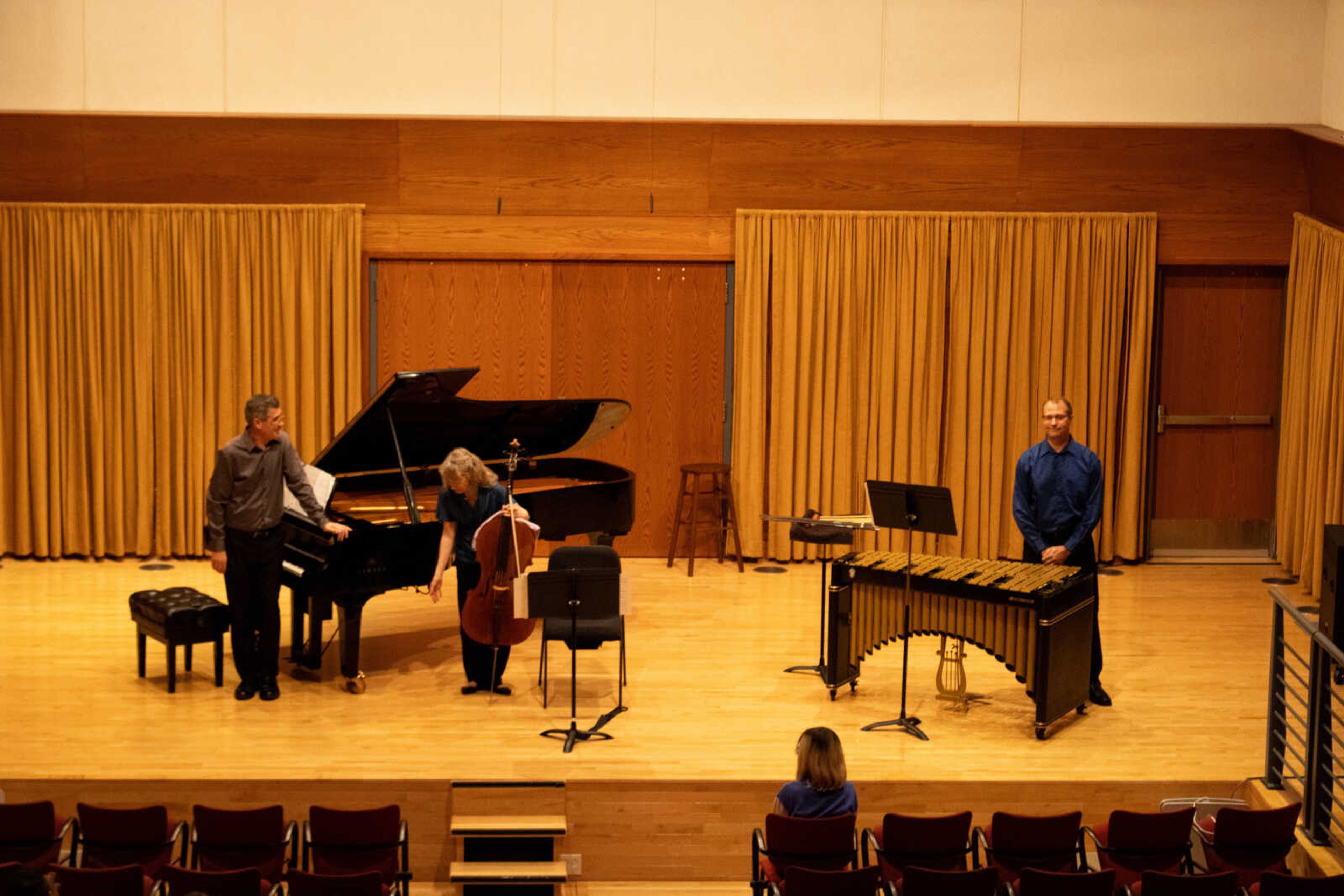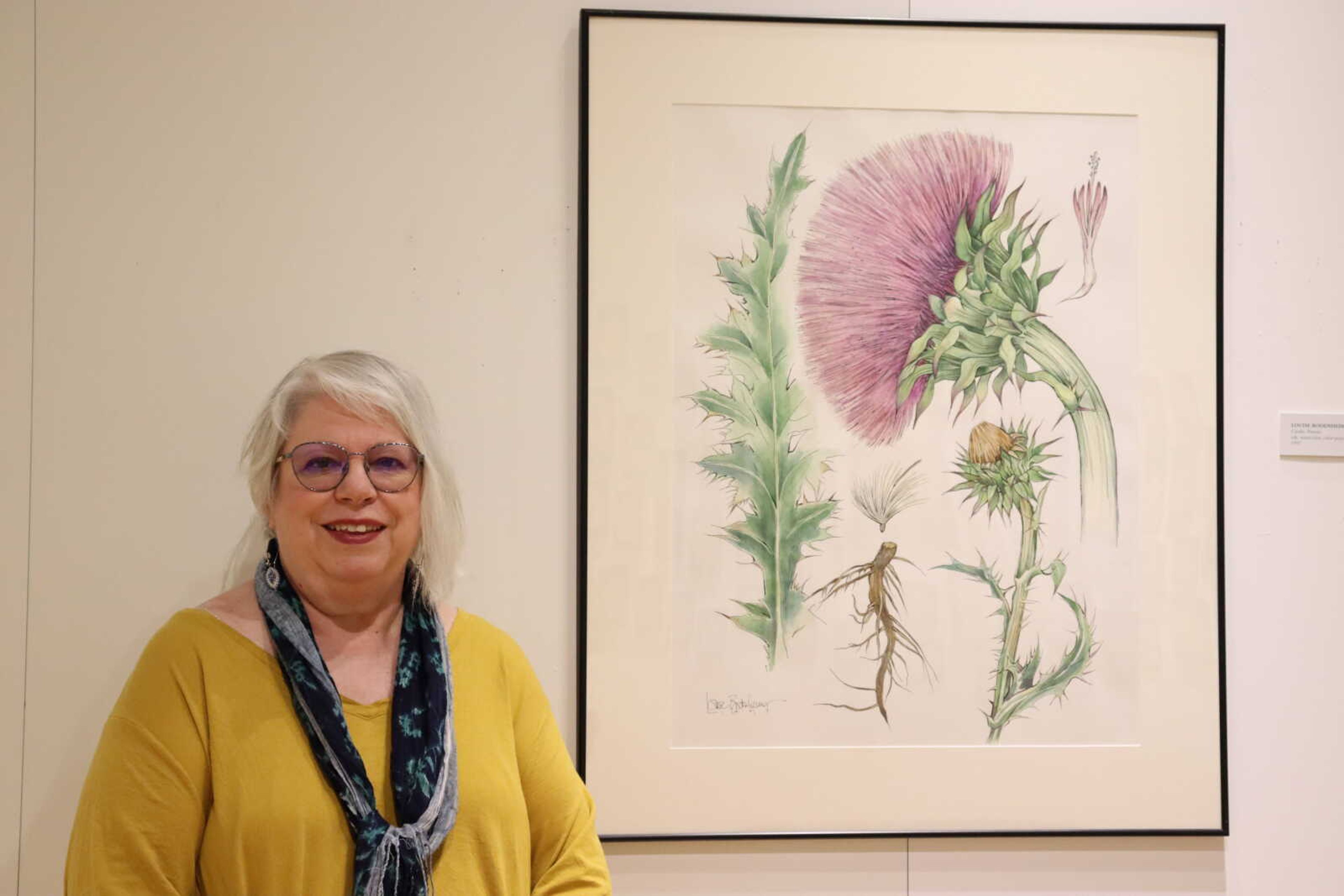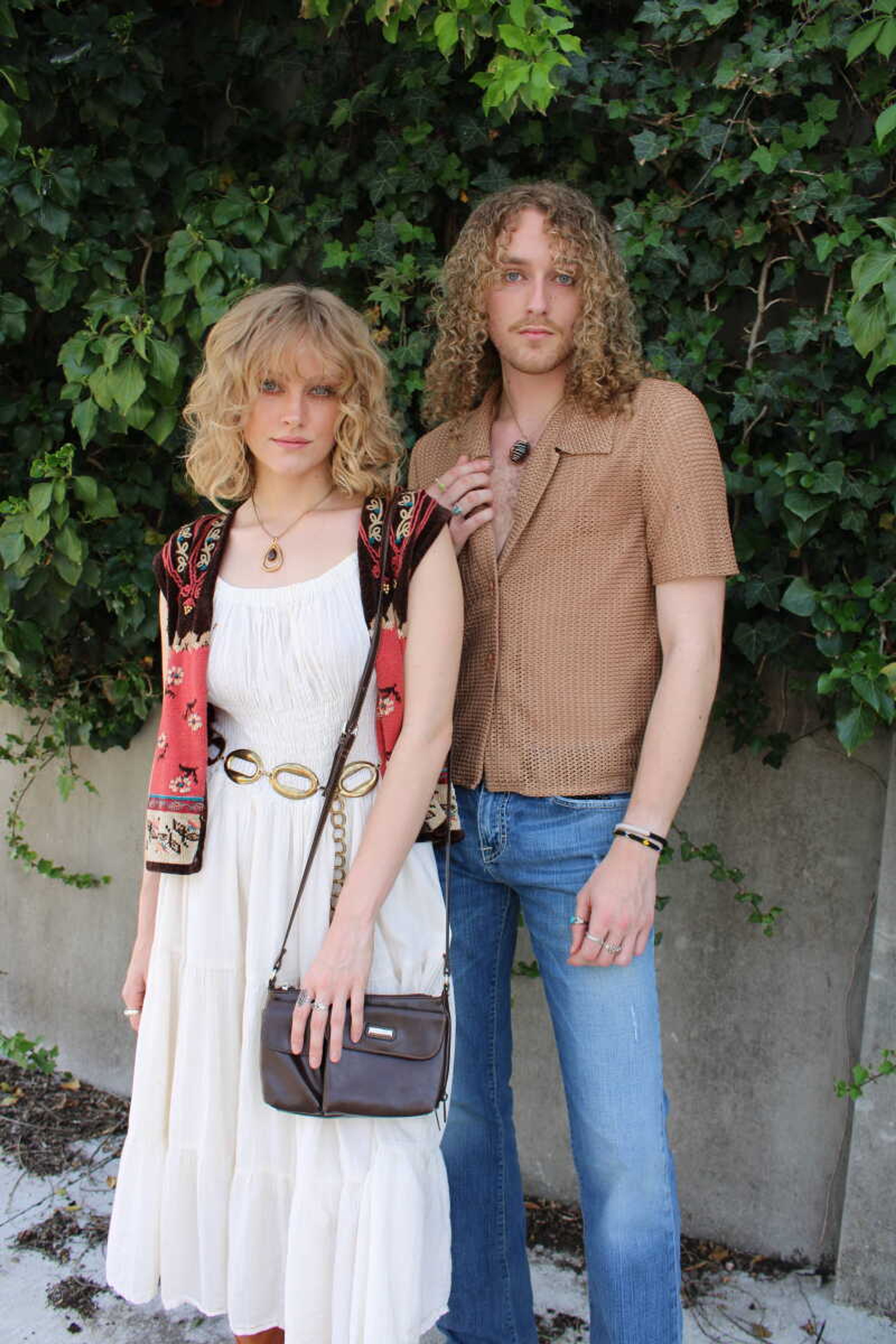The Cape Arts Council’s First Friday with the Arts was a hit with the Reconstructed/Reconceptualized exhibit on the history of the banjo and its direct relation to African history by Najjar Abdul-Musawwir, Southern Illinois University professor, at the River Campus Crisp Museum.
According to “A Historical Aesthetic Response to Africa” by Abdul-Musawwir, he found his inspiration from a discussion he had with his students about Henry Ossawa Tanner’s painting, “The Banjo Lesson.”His students’ response was that banjos were for white hillbillies.
“At this pivotal point, I realized in a more profound way that the banjo was an object of historical importance, identifying this instrument as one of Africa’s major contributions to America’s culture,” Abdul-Musawwir said.
From 4 to 6 p.m., those attending could speak to Abdul-Musawwir and roam the exhibit room freely. At 6 p.m., he discussed his work and the meaning behind it; afterward, people could stay and talk or continue to enjoy the art.
The exhibit primarily focused on four large canvases with different colors, textures and banjos to portray not only the fact that banjos were part of African-American history, but also the struggles African-Americans have endured. Abdul-Musawwir kept these struggles in mind as he chose materials using things that had been disregarded, as well as whatever he could get his hands on. He also used burlap, as it is durable and sustainable.
Abdul-Musawwir spoke on the importance of linking history and art together. “Art itself is a way of documenting history in a fulfilling way,” he said. “The saying ‘A picture is worth a thousand words’ holds true. Having the symbols to reference history makes it more interesting and there’s an aesthetic that reaches into soul.”
Many people came to experience the depth of Abdul-Musawwir’s art, some not even knowing what they were getting themselves into, like Southeast Missouri State junior Cole Kennedy.
“There were so many flyers around the halls and it all looked more interesting every flyer I saw,” he said. “I didn’t know much about this, but it seemed like a cool idea to listen to what he has to say.”
Another Southeast student in attendance was Monica Owens, a third semester art student.
“Art is something I can appreciate and seeing other’s is always interesting,” she said. “It’s fun to learn about different things through art.”
One visitor was a friend of Abdul-Musawwir, Deb Faris. Faris shared that she loved how he took an object that is intentionally used to make music, but he turned it into visual art.
“I knew what Najjar had been creating, but I really wanted to see the finished product,” she said. “One thing I found interesting was that he studied at the Smithsonian for this project. That is incredibly impressive to me.”
According to Abdul-Musawwir, his work on the subject is not going to be finished anytime soon. He started his work in 2012 and plans to continue it in the future.
“The thing about artists,” Abdul-Musawwir said, “they’re not finished until they don’t want to do it no more.”
